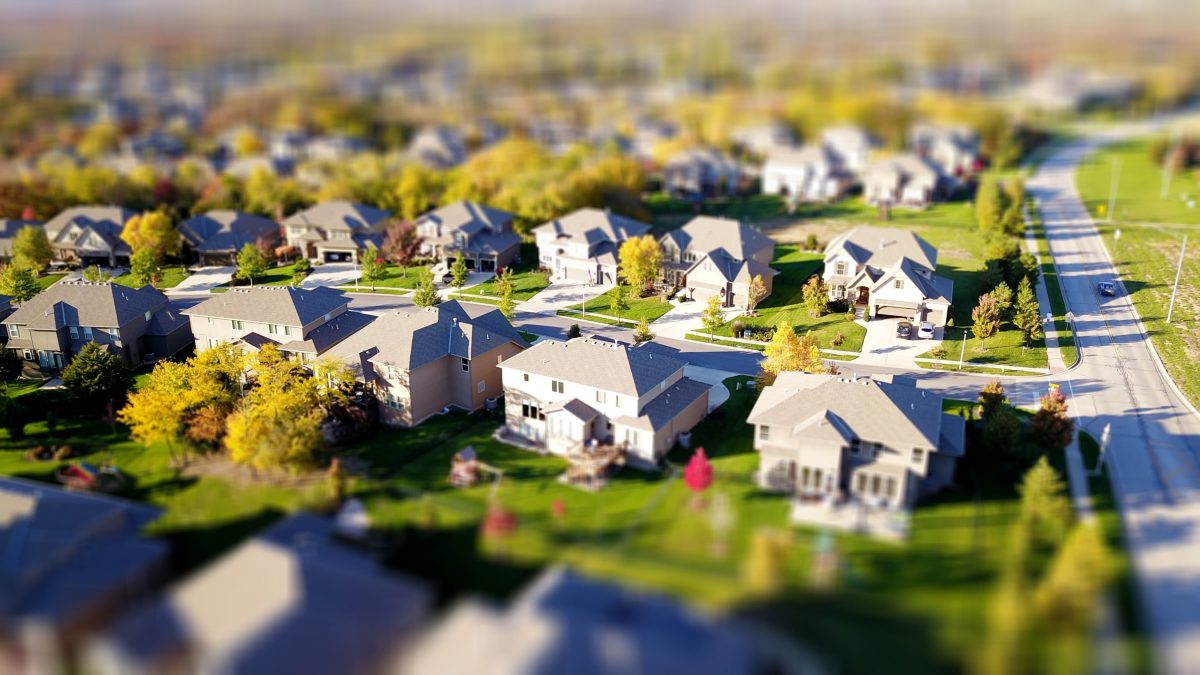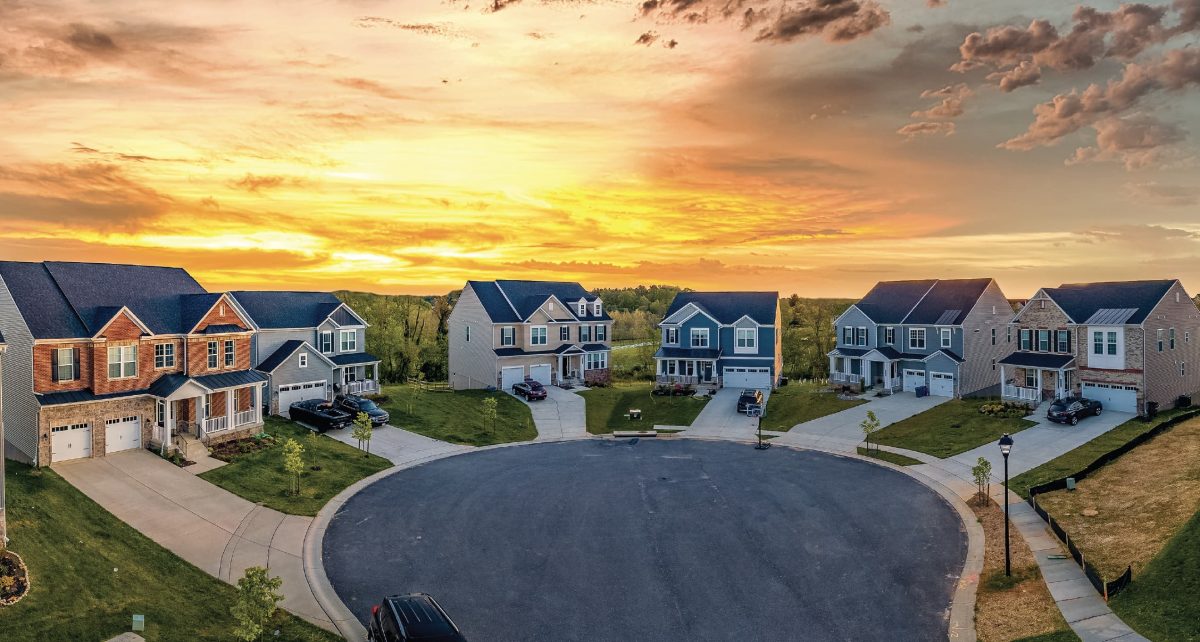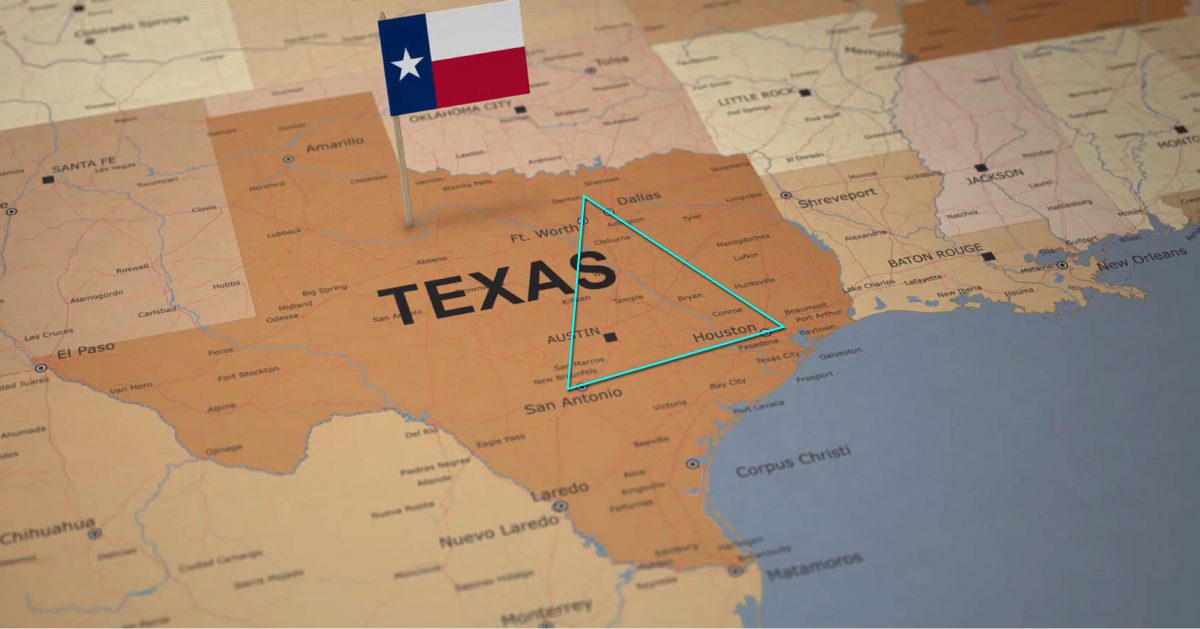Are you an American expat residing overseas, earning income from your foreign assignment, and filing U.S. income tax returns? America Mortgages has got your back with a specially designed U.S. Home Loan Mortgage program that considers your situation. With PrimeSelect, you can use two years of your U.S. tax returns and your monthly foreign income to qualify for a mortgage, just like you would if you were in the U.S.
The global credit crunch, which resulted from U.S. banks’ cavalier attitude towards mortgages and other loans, has made it more challenging to obtain a mortgage from a U.S. lending institution. This difficulty is compounded for expats since many lenders won’t consider lending to foreign-earned income. However, America Mortgages PrimeSelect offers you the opportunity to invest in U.S. real estate at prime rates, terms, and programs, regardless of your location.
To qualify, you must prove your employment and financial stability and have sufficient funds to repay the loan. Having a larger deposit will provide more mortgage options. America Mortgages PrimeSelect allows up to 90% financing for a second home purchase, and the LTV ratios are generally around 80-90%. The maximum term for the mortgage is 30 years, regardless of age.
Unlike other programs that restrict LTV for U.S. expats with foreign-earned income, America Mortgages PrimeSelect has a debt-to-income ratio limit of 45%, allowing more flexibility due to the fluctuation of the U.S. dollar to other currencies.
With a wide range of mortgage products, including variable or fixed-rate mortgages, interest-only mortgages, and no prepayment penalty loans, America Mortgages has got you covered. If you have the income, but it doesn’t show on your U.S. tax returns, America Mortgages StatedSelect allows you to state your income without providing proof, making the process simpler.
To qualify, you need to supply two years of U.S. tax returns, two months of bank statements (foreign okay), one month of pay statements, passport or driver’s license, social security card, and U.S. credit score (FICO). At America Mortgages, our associates and partners are available to answer any questions you may have regarding our loan programs. Reach out to us at [email protected].









